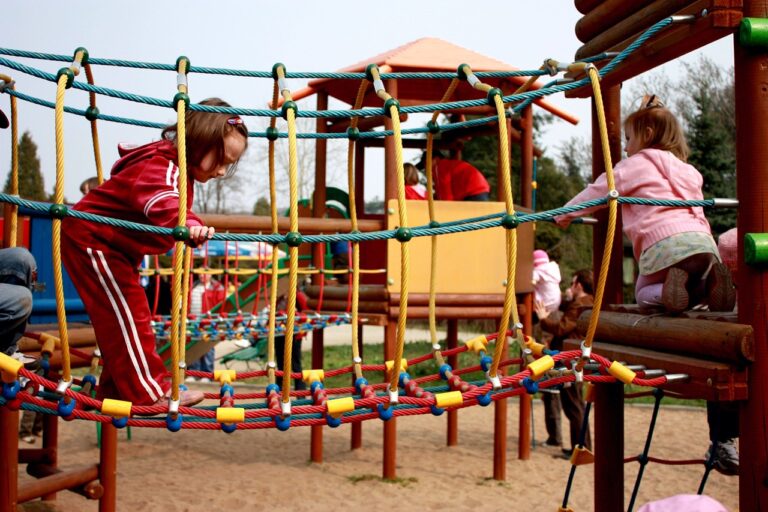The Future of Augmented Reality in Education and Training
Augmented Reality (AR) has transformed the landscape of education by providing immersive and interactive learning experiences for students. By integrating AR technology into educational settings, students can engage with content in a more visual and hands-on manner, making abstract concepts more tangible and easier to understand. This not only enhances student comprehension but also boosts their motivation and engagement levels, leading to improved learning outcomes.
Furthermore, AR in educational settings offers a personalized learning experience for students, catering to their individual needs and learning styles. With the ability to adapt content based on student interactions, AR technology allows educators to tailor lessons to each student’s pace and preferences, ensuring a more effective and efficient learning process. This personalized approach not only fosters a deeper understanding of the material but also empowers students to take ownership of their learning journey.
Examples of successful AR applications in training programs
Augmented Reality (AR) has been successfully integrated into various training programs across different industries, revolutionizing the way learners acquire and apply knowledge. In the healthcare sector, AR is being used to train medical students and professionals in surgical procedures. Through realistic simulations, trainees can practice surgeries in a virtual environment, improving their skills and confidence before performing operations on real patients.
Similarly, the aviation industry has leveraged AR technology to enhance pilot training programs. By using AR headsets during simulations, pilots can visualize detailed information such as flight paths, instrument readings, and weather conditions in real-time. This hands-on experience allows them to make quick decisions in challenging scenarios, ultimately leading to safer flights and better-prepared pilots.
• AR is used in healthcare sector for training medical students and professionals in surgical procedures
• Realistic simulations allow trainees to practice surgeries in a virtual environment
• Improves skills and confidence before performing operations on real patients
• Aviation industry utilizes AR technology to enhance pilot training programs
• Pilots can visualize detailed information such as flight paths, instrument readings, and weather conditions in real-time using AR headsets during simulations
• Hands-on experience helps pilots make quick decisions in challenging scenarios for safer flights and better-prepared pilots
Potential challenges and limitations of adopting AR technology in education
One major challenge in adopting AR technology in education is the cost associated with implementing and maintaining the technology. AR devices and software can be expensive, making it difficult for educational institutions with limited budgets to incorporate this technology into their curriculum. Additionally, training educators to effectively use AR technology can also be costly and time-consuming.
Another limitation is the potential for distractions in the classroom. While AR has the capability to enhance learning experiences, it also has the risk of diverting students’ attention away from the actual educational content. It is important for educators to find a balance between utilizing AR technology as a tool for learning and ensuring that it does not hinder students’ focus on the curriculum.
What are some benefits of integrating AR in educational settings?
Some benefits of integrating AR in educational settings include increased student engagement, improved retention of information, and the ability to provide hands-on learning experiences.
Can you provide examples of successful AR applications in training programs?
Yes, some examples of successful AR applications in training programs include medical simulations for healthcare students, virtual field trips for geography students, and interactive experiments for science students.
What are some potential challenges and limitations of adopting AR technology in education?
Some potential challenges and limitations of adopting AR technology in education include the high cost of implementing AR systems, the need for special training for teachers, and the potential for technical glitches or compatibility issues.







